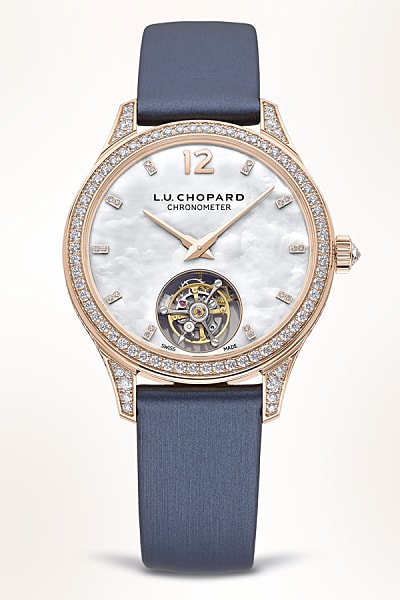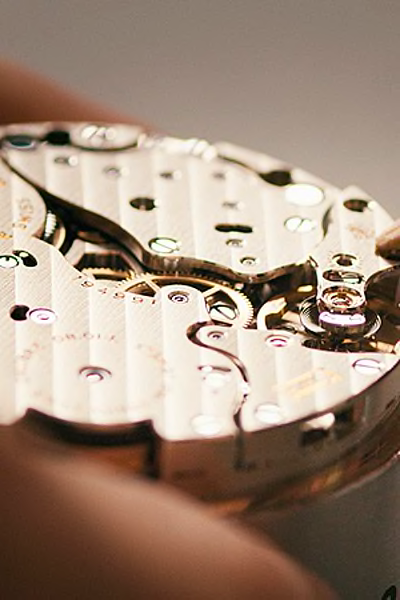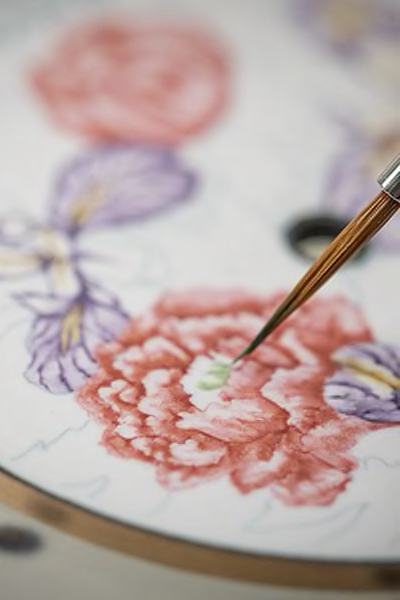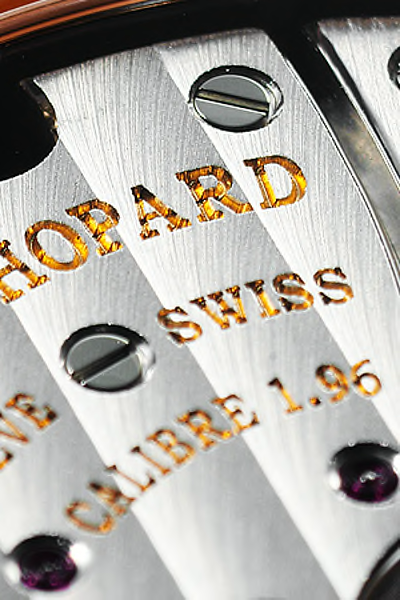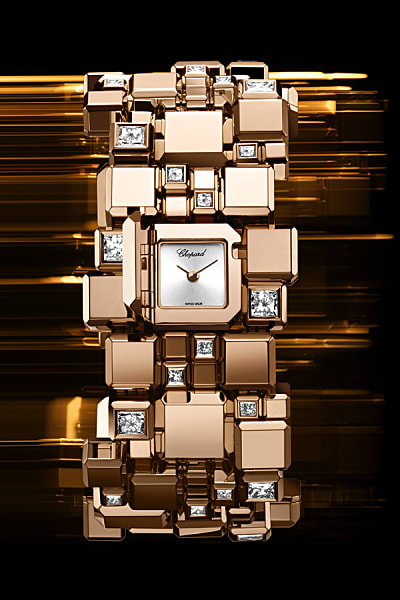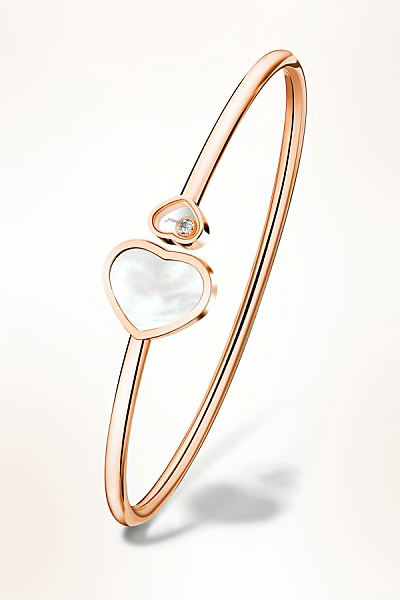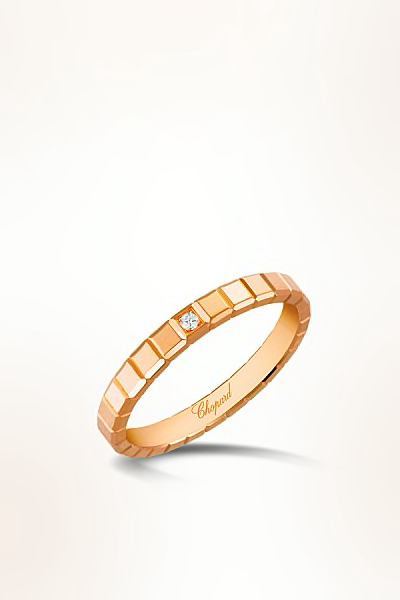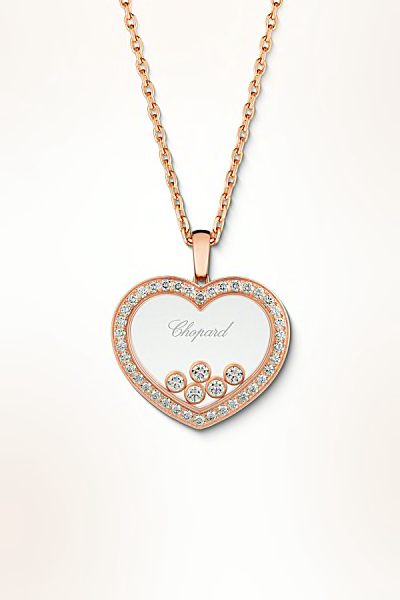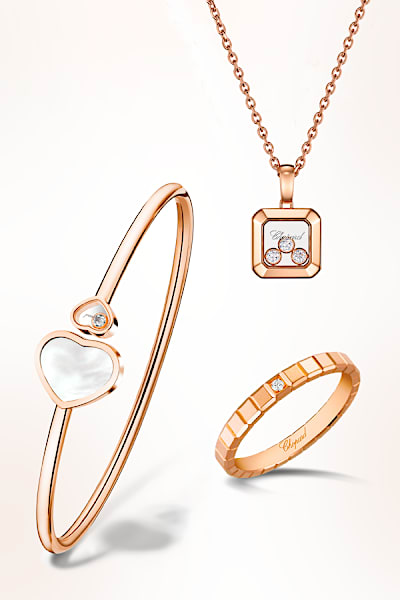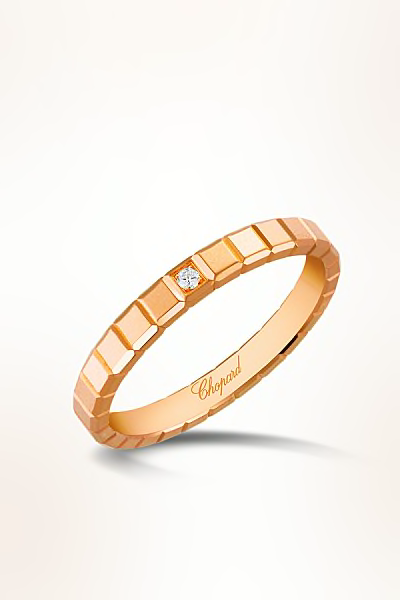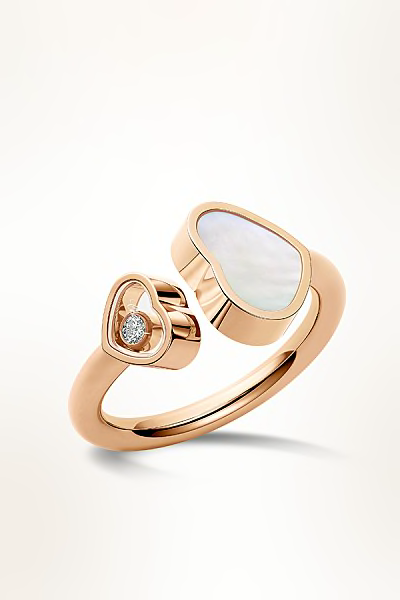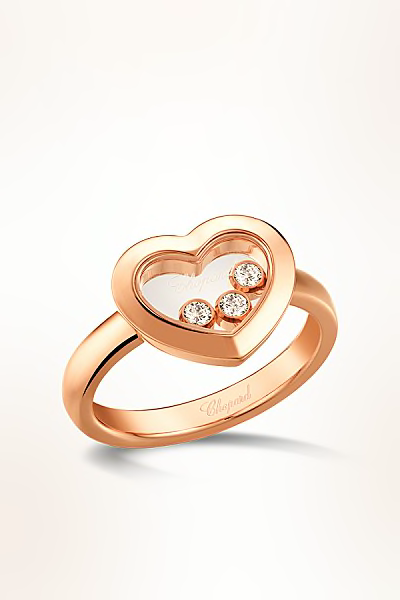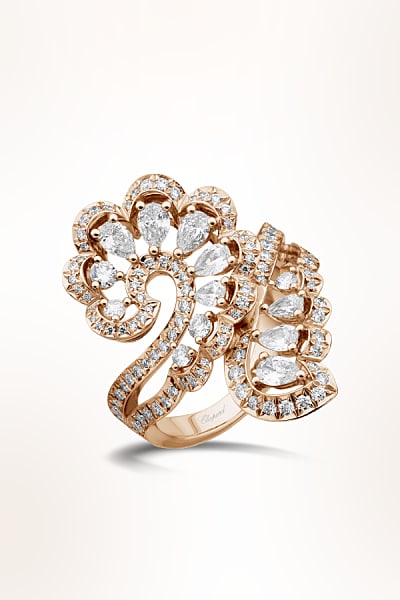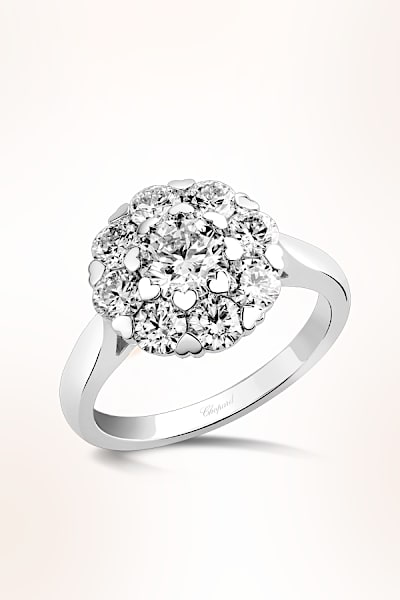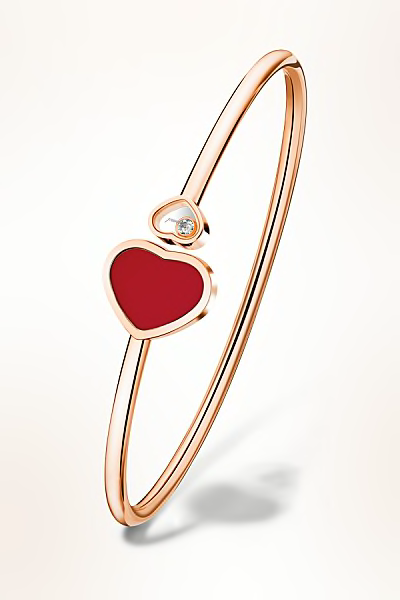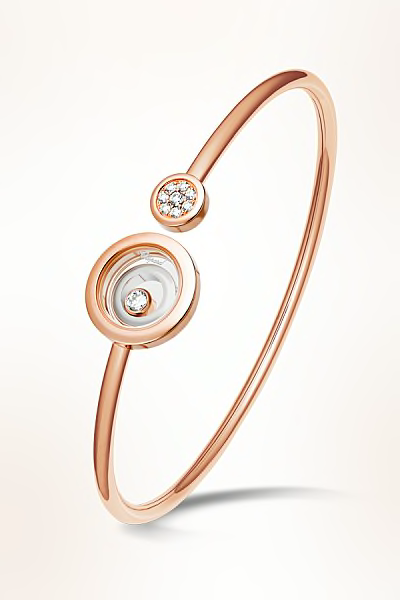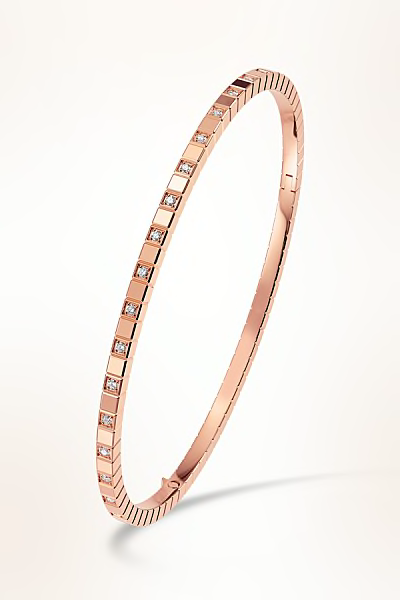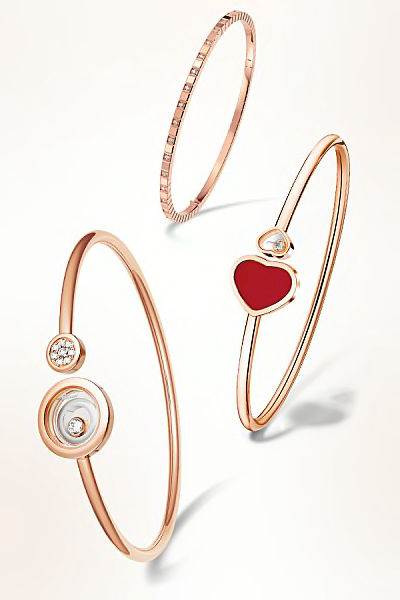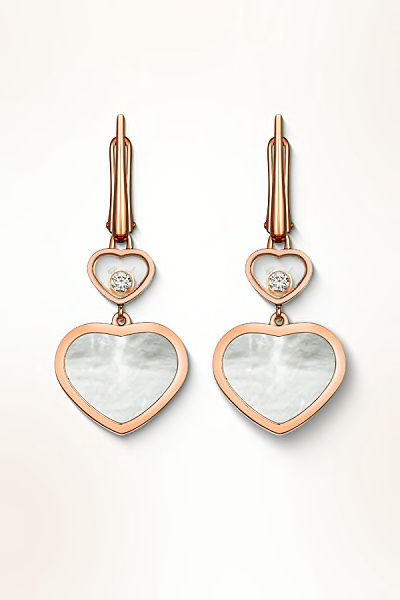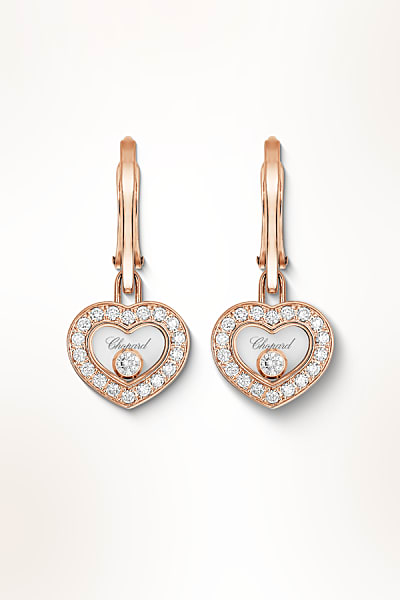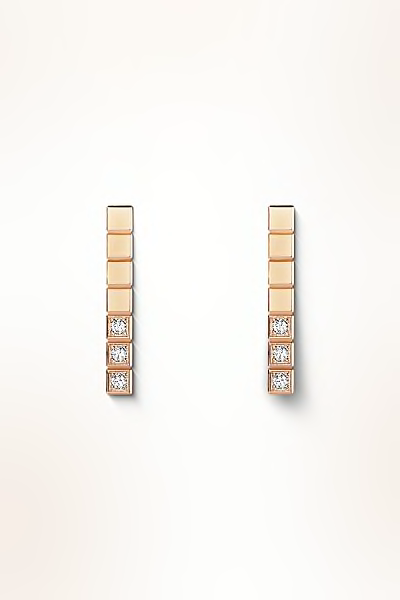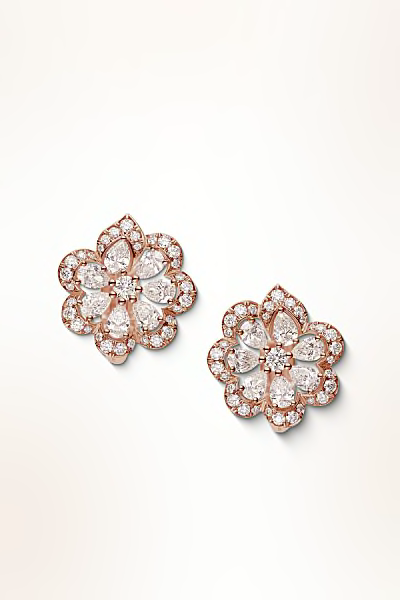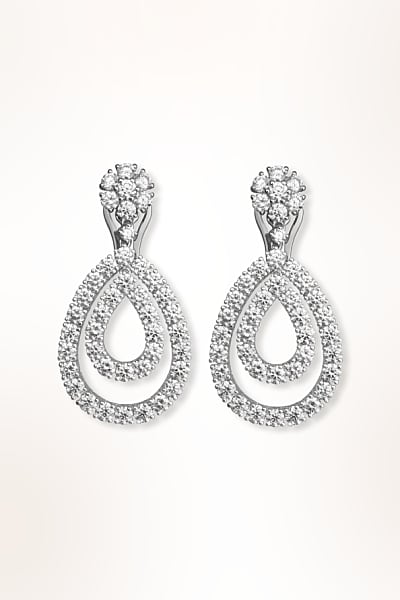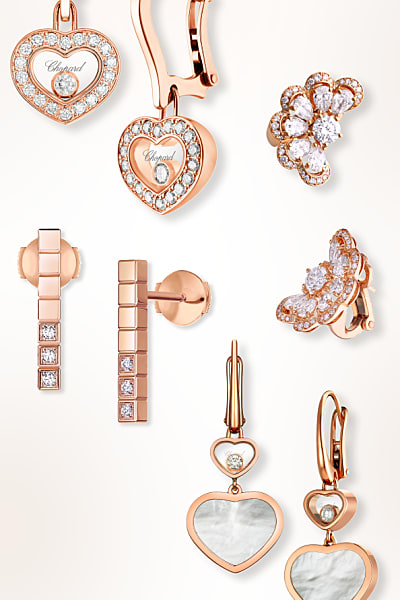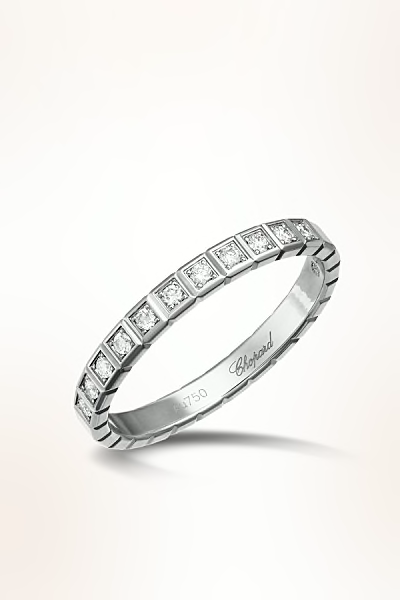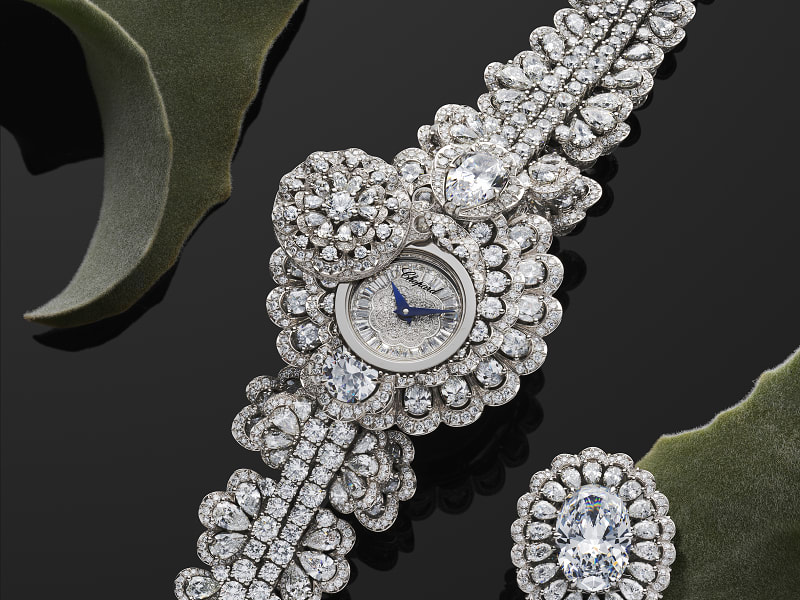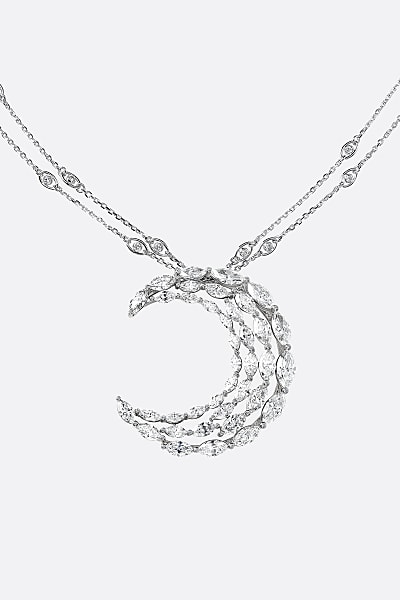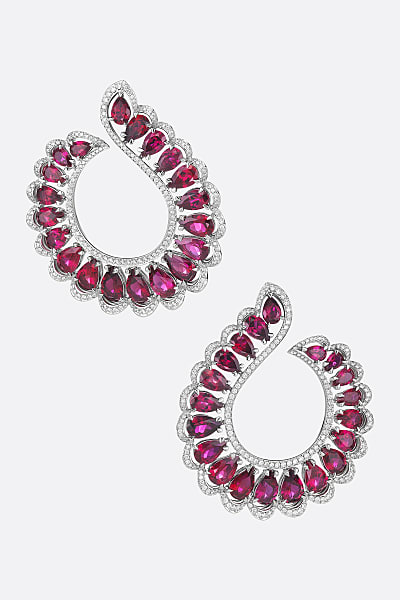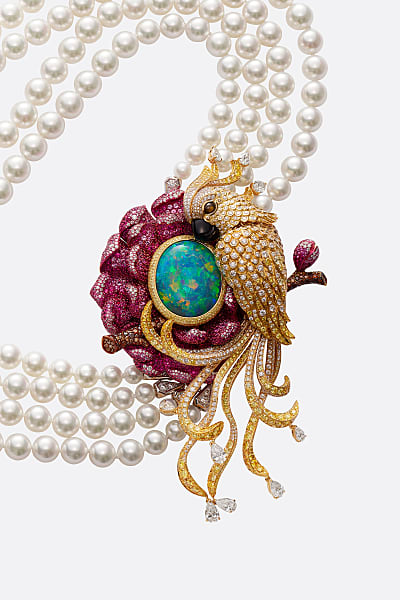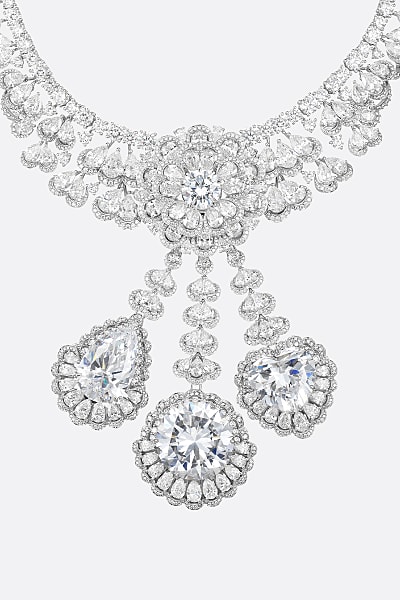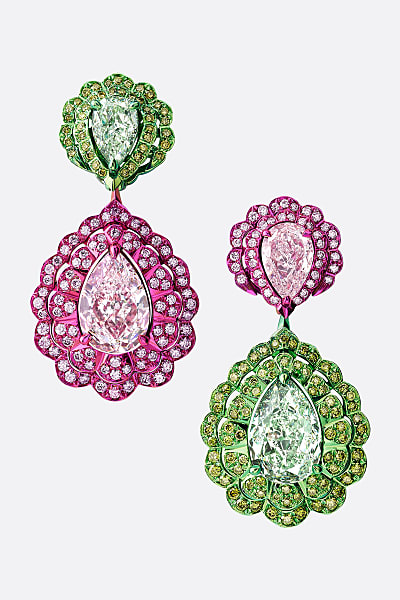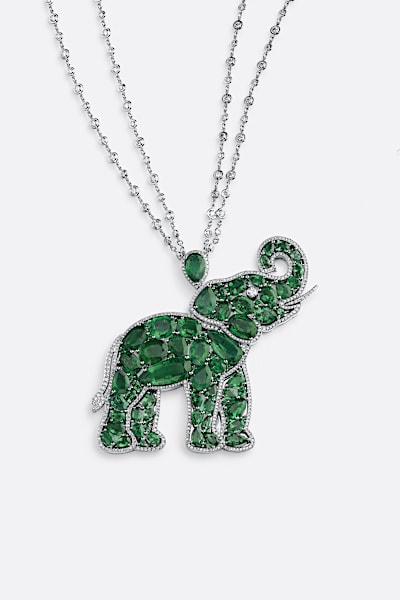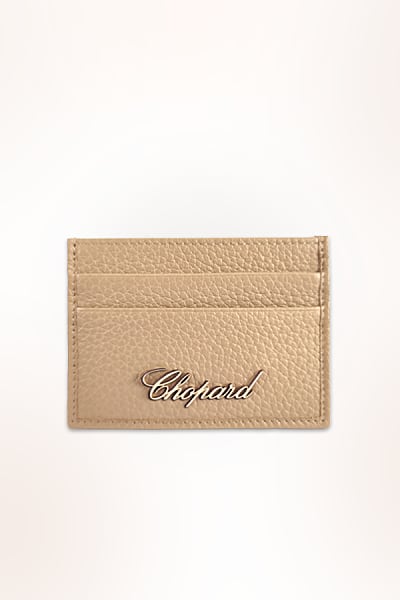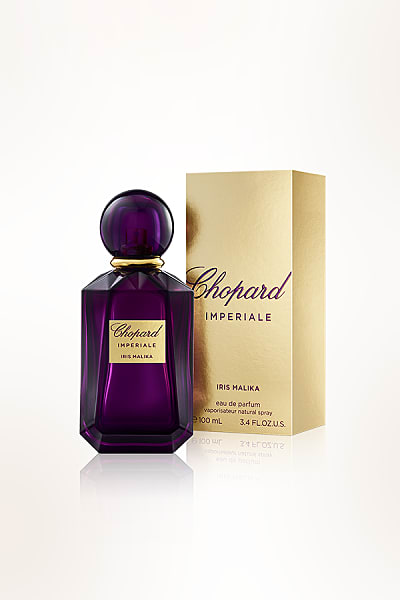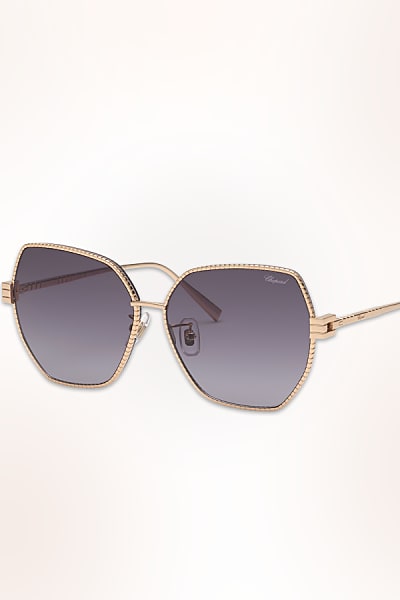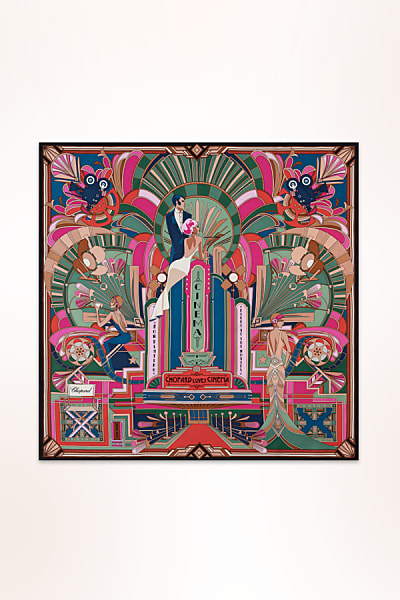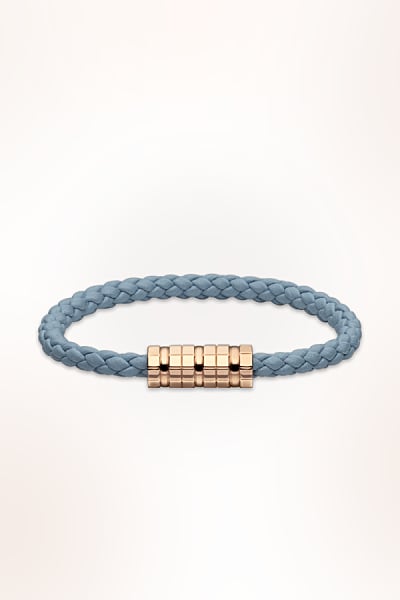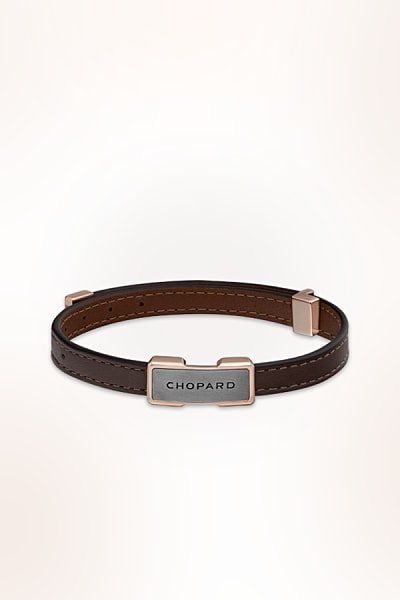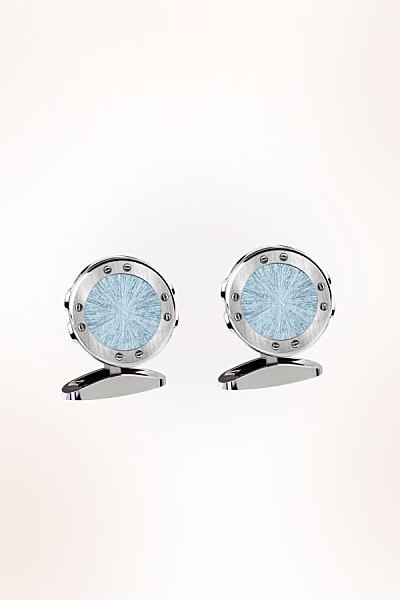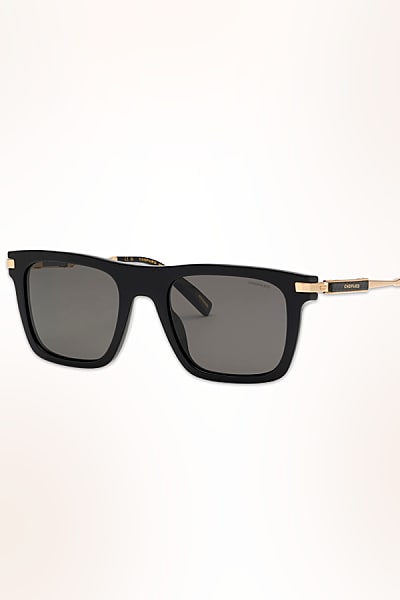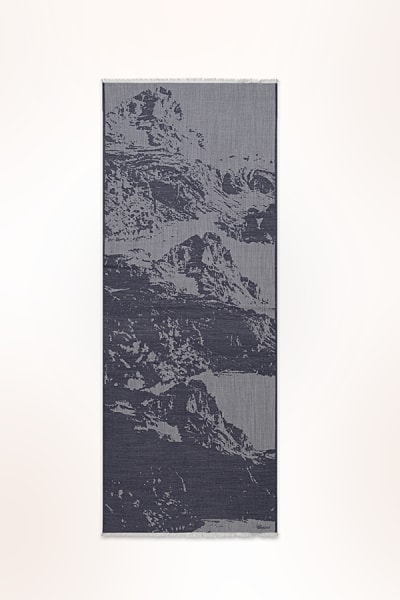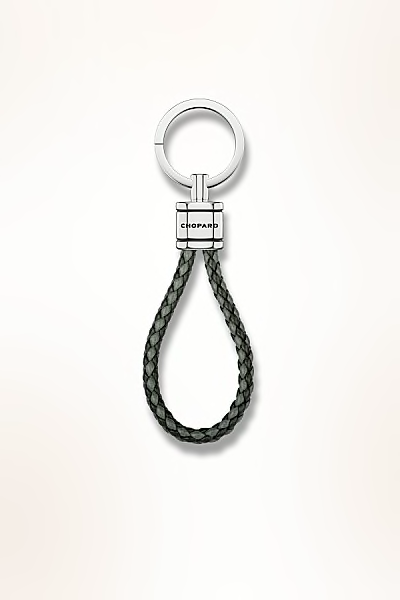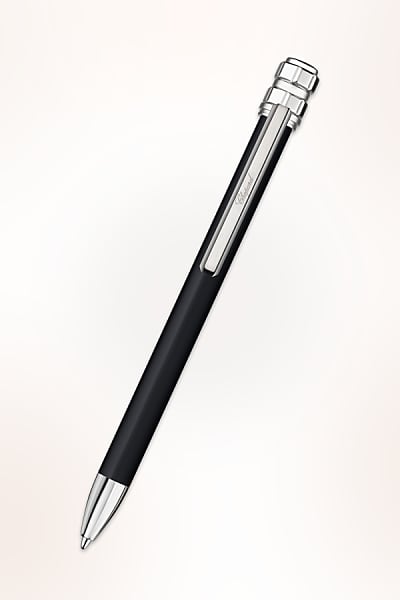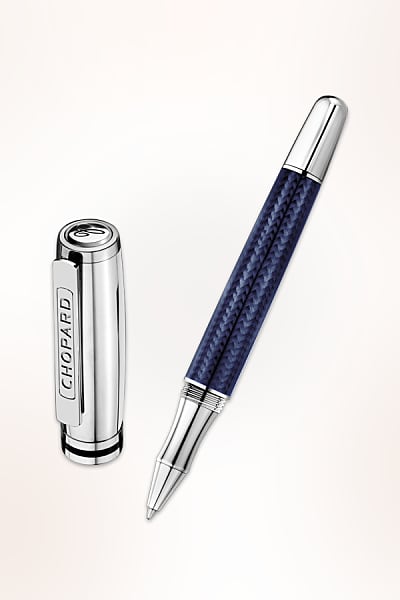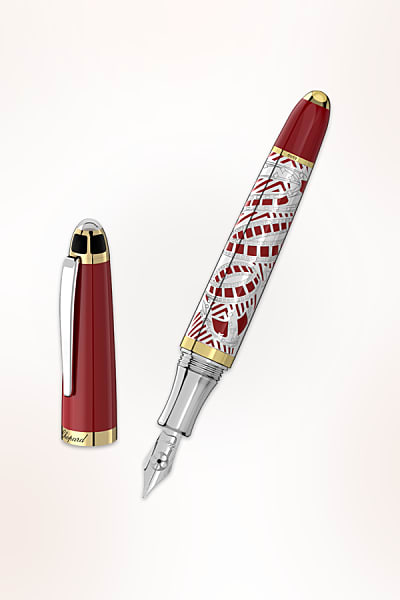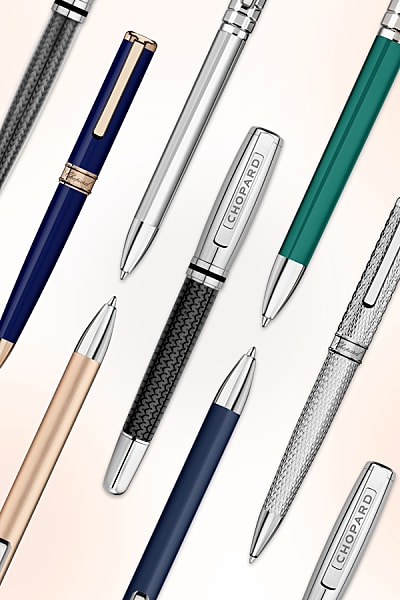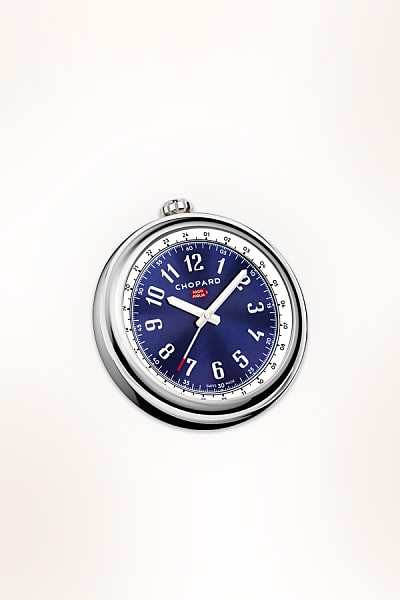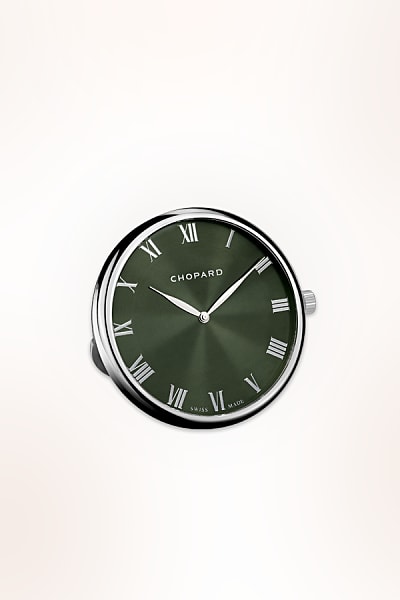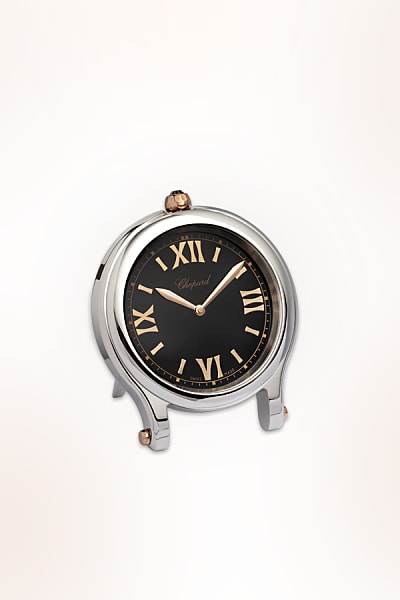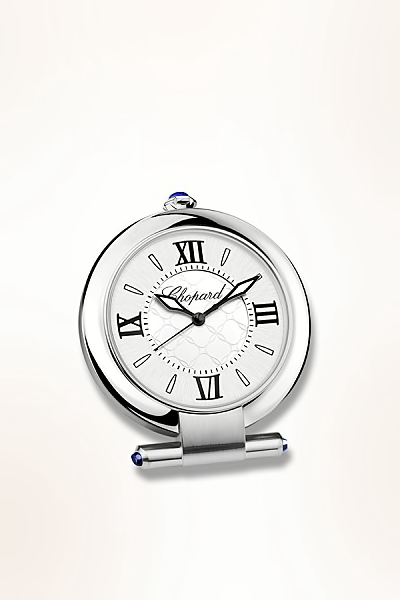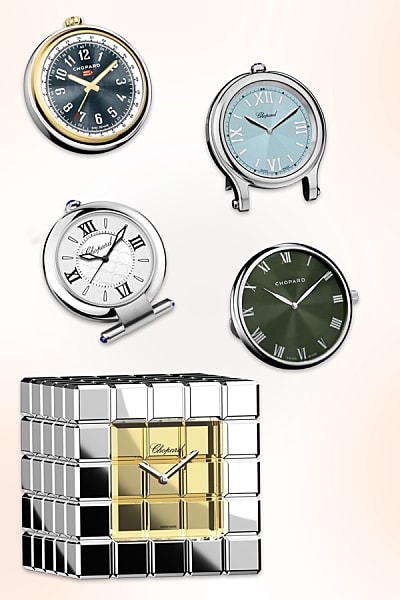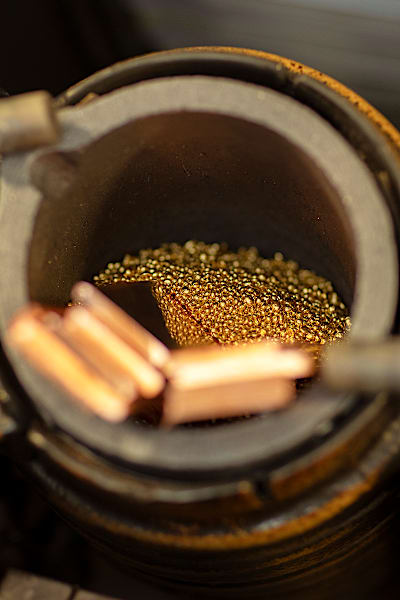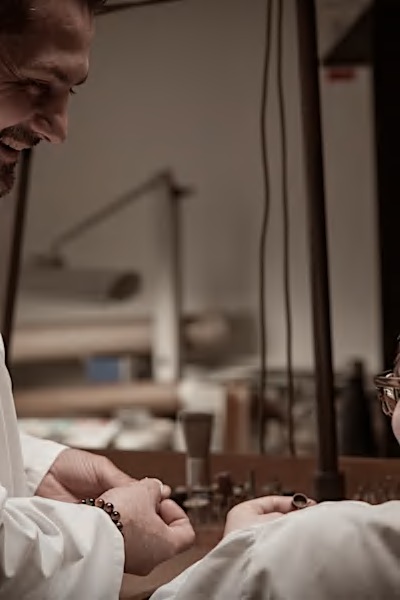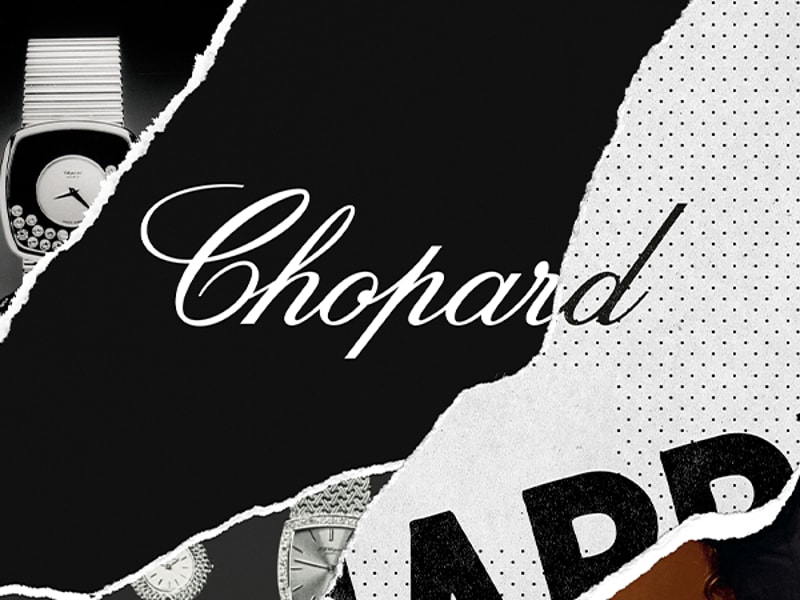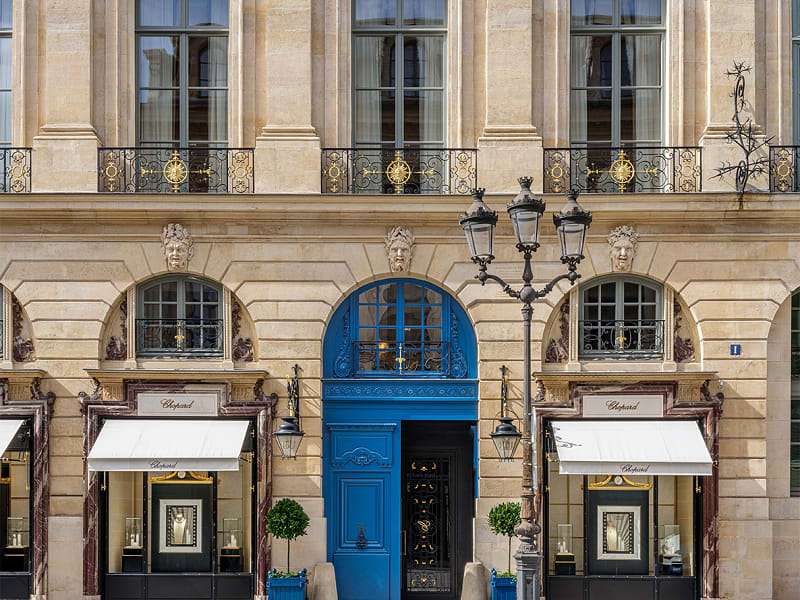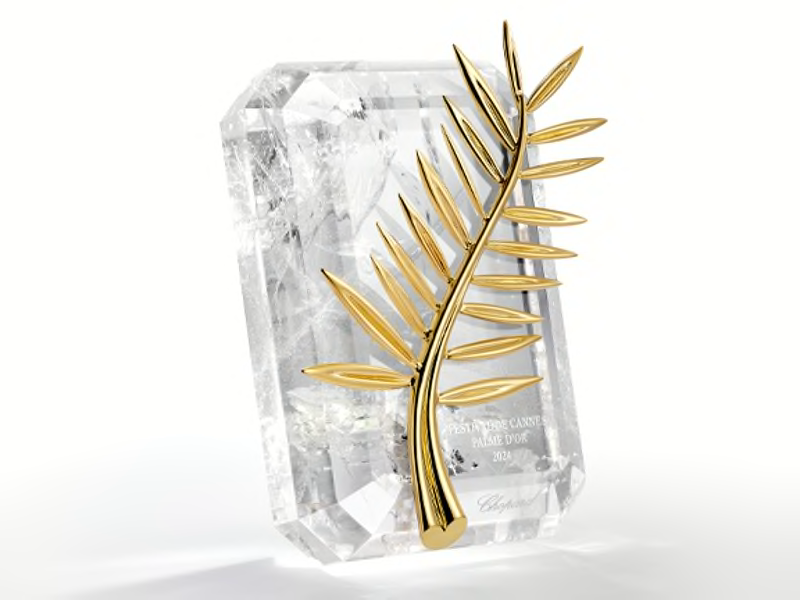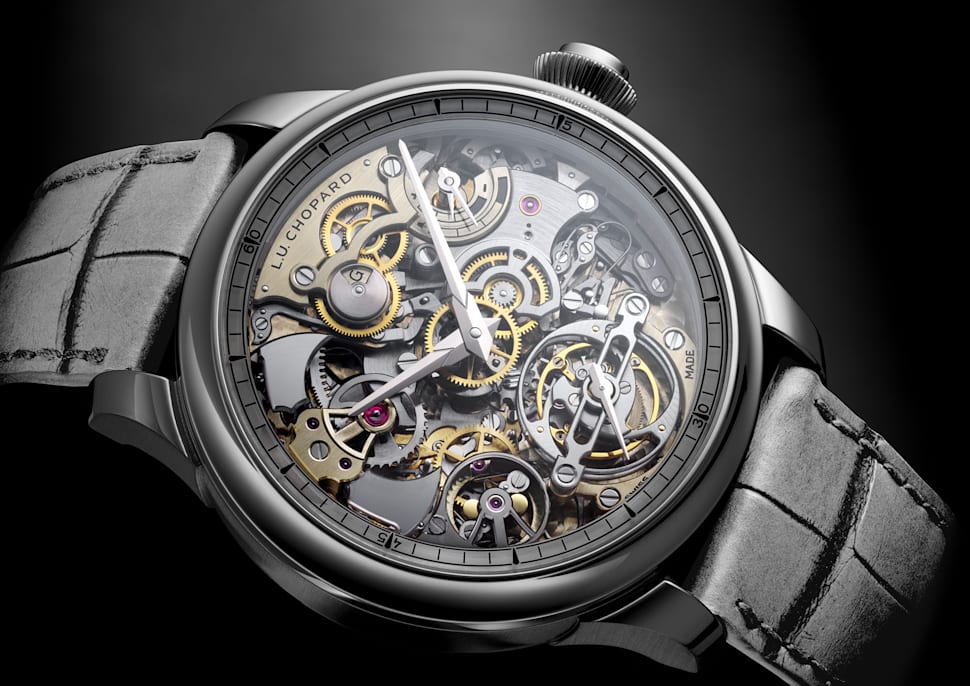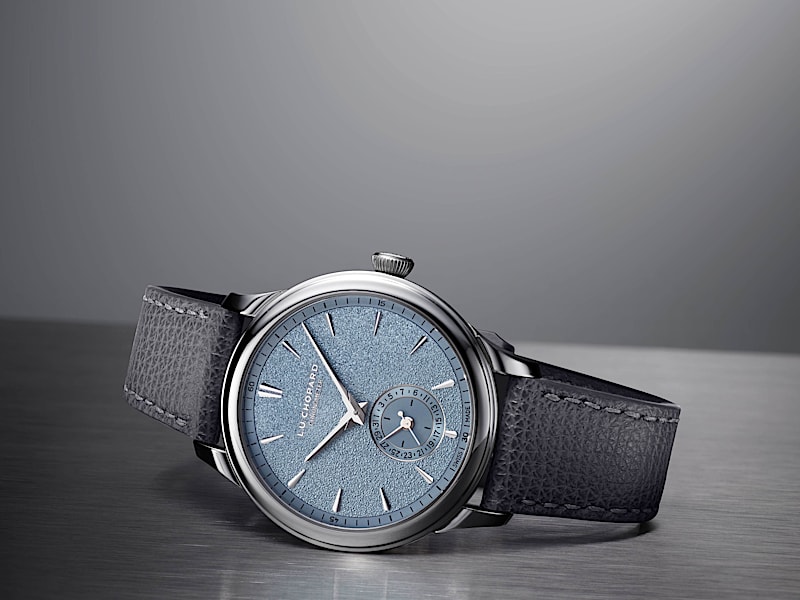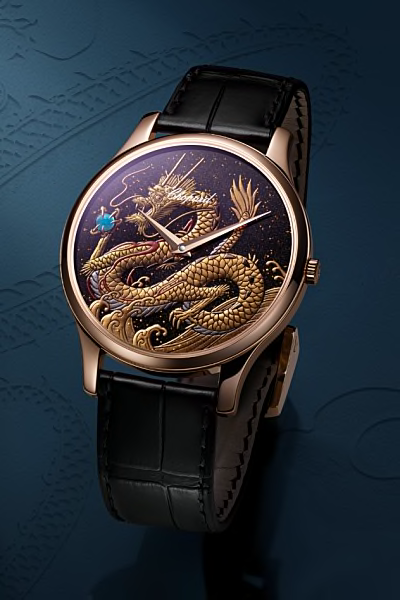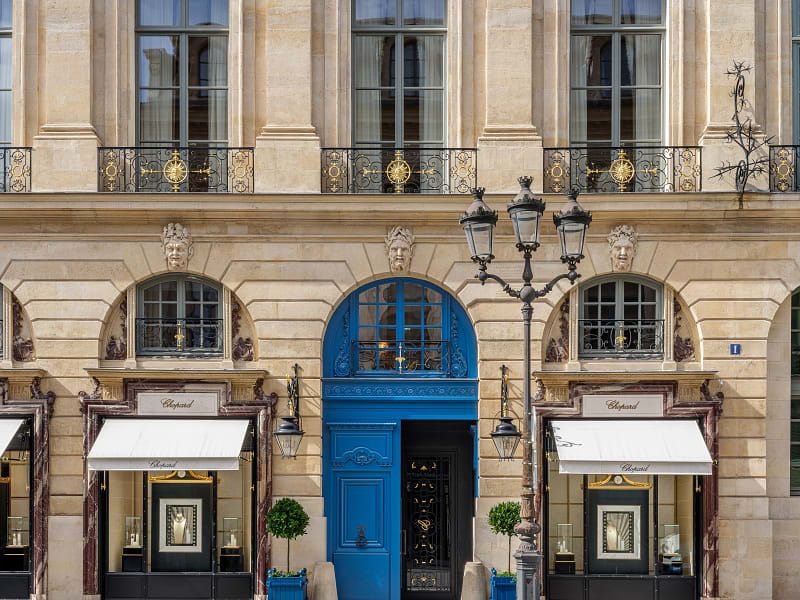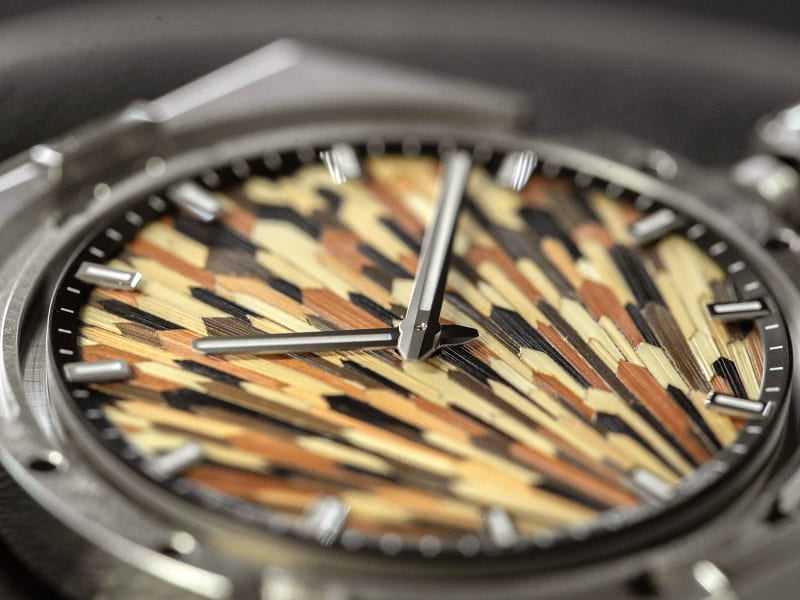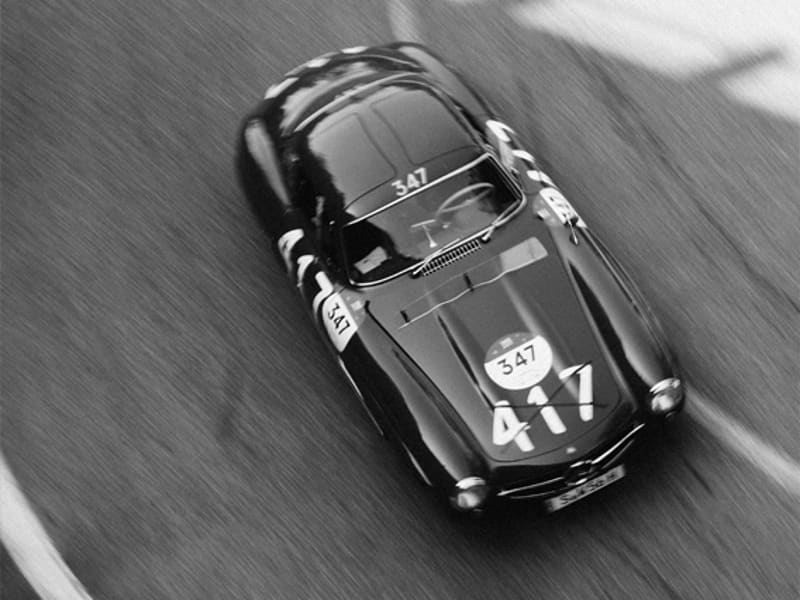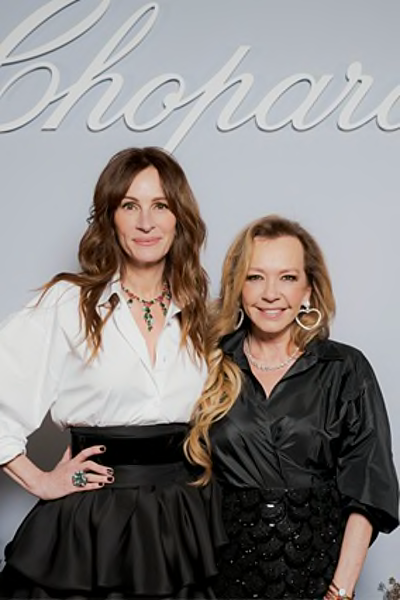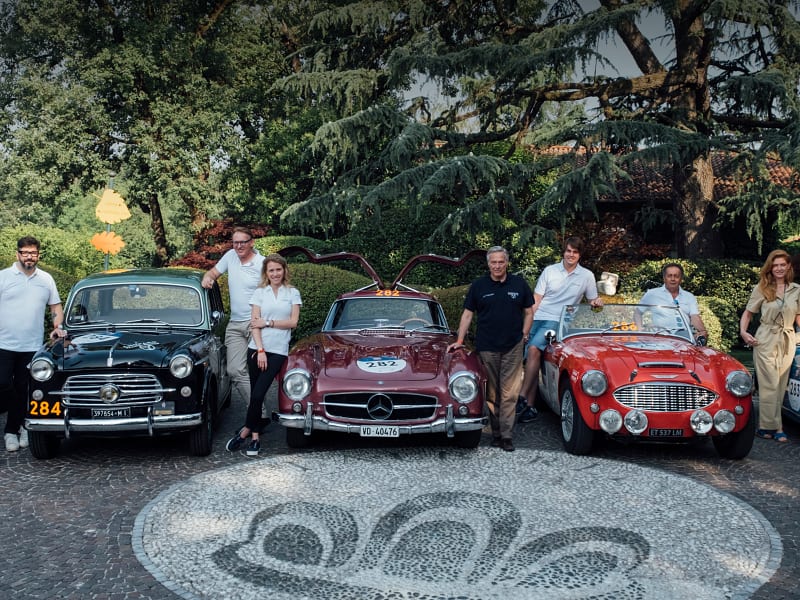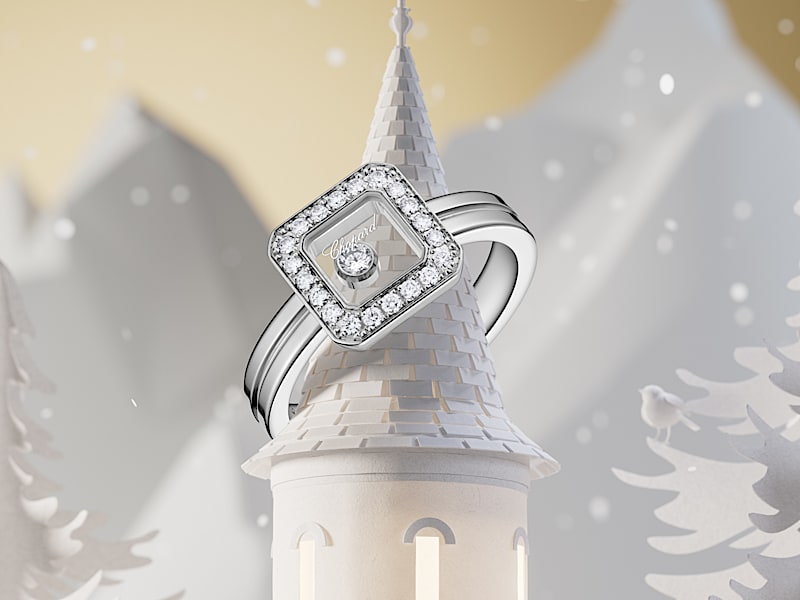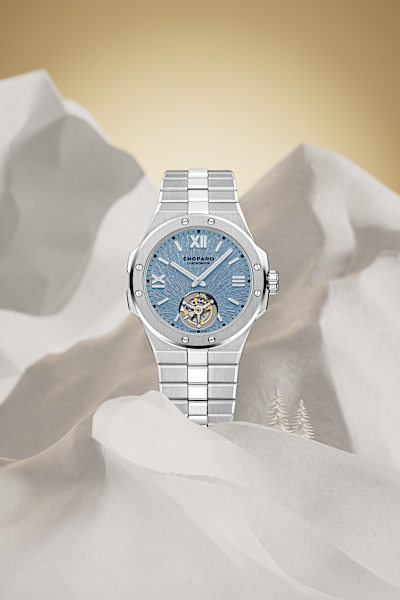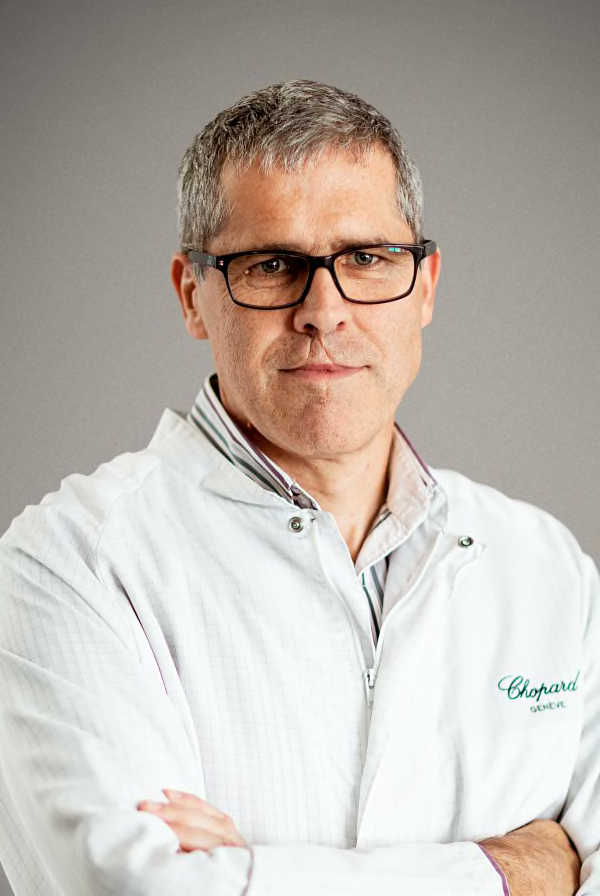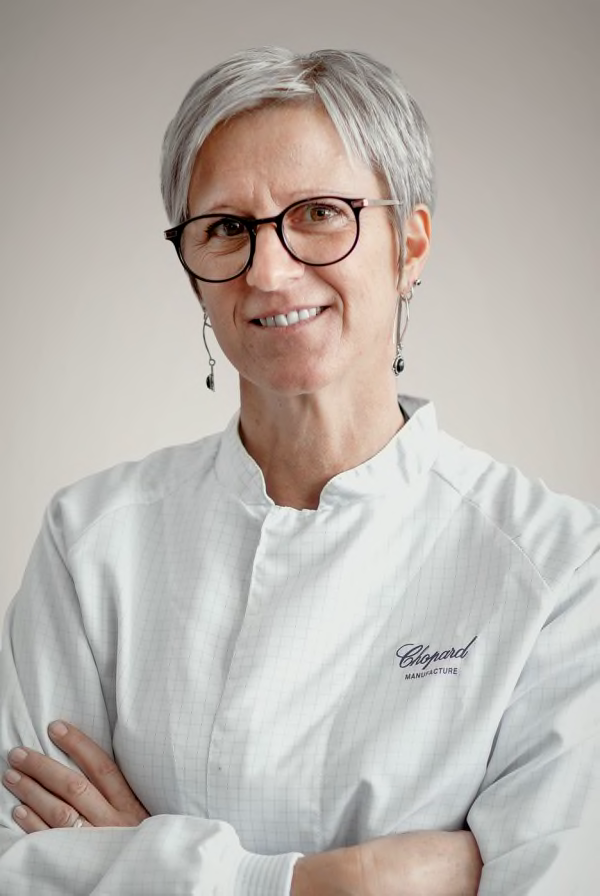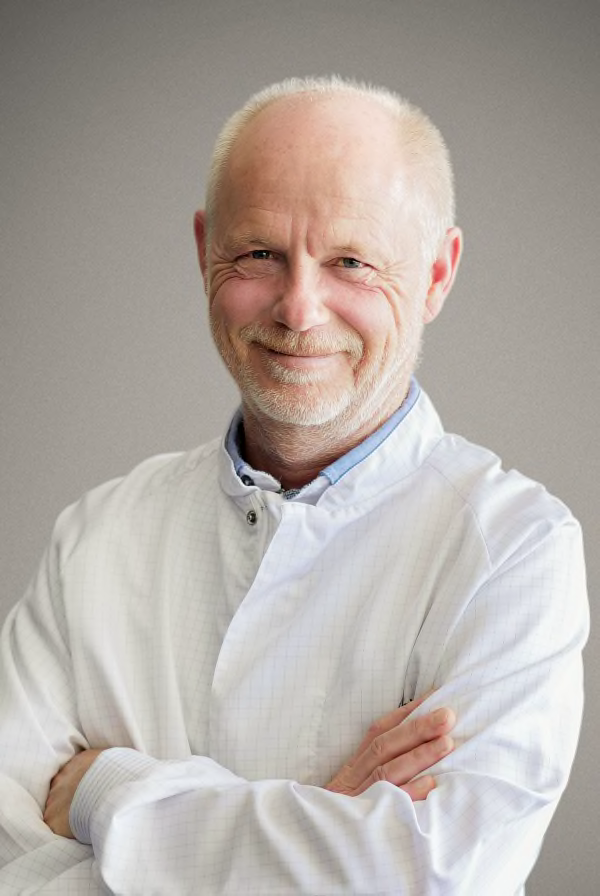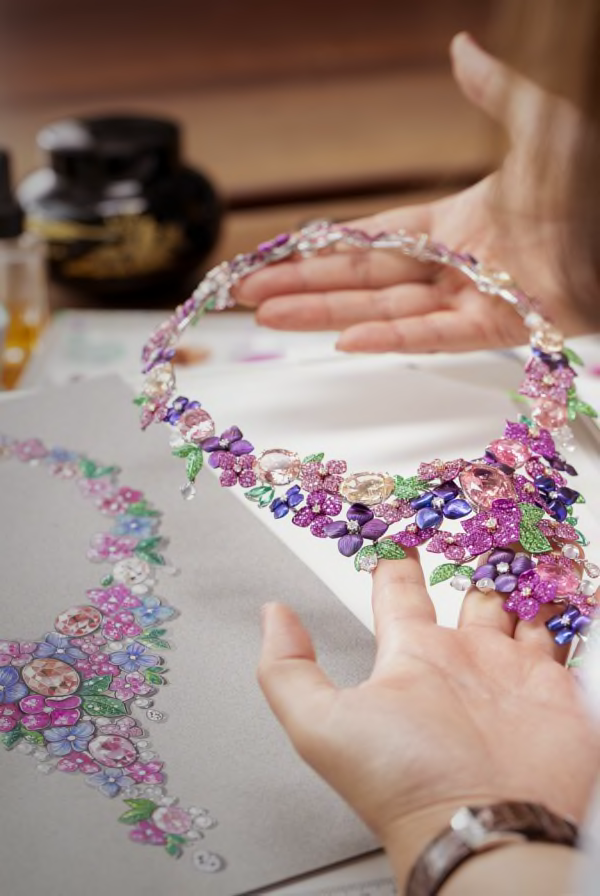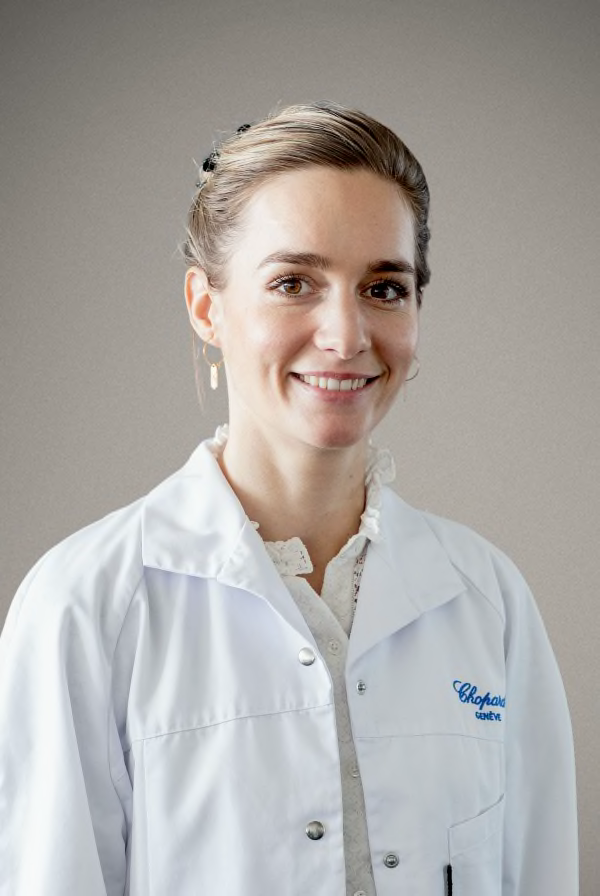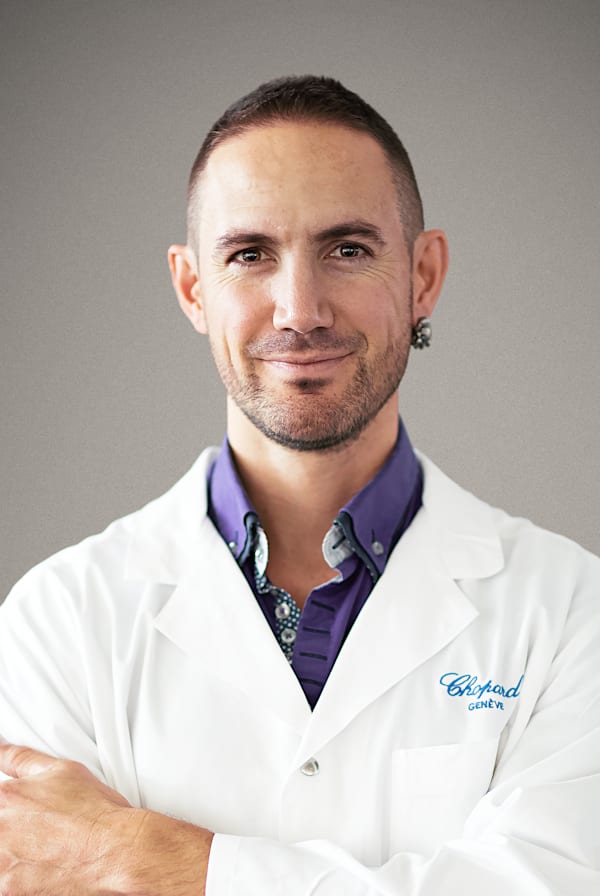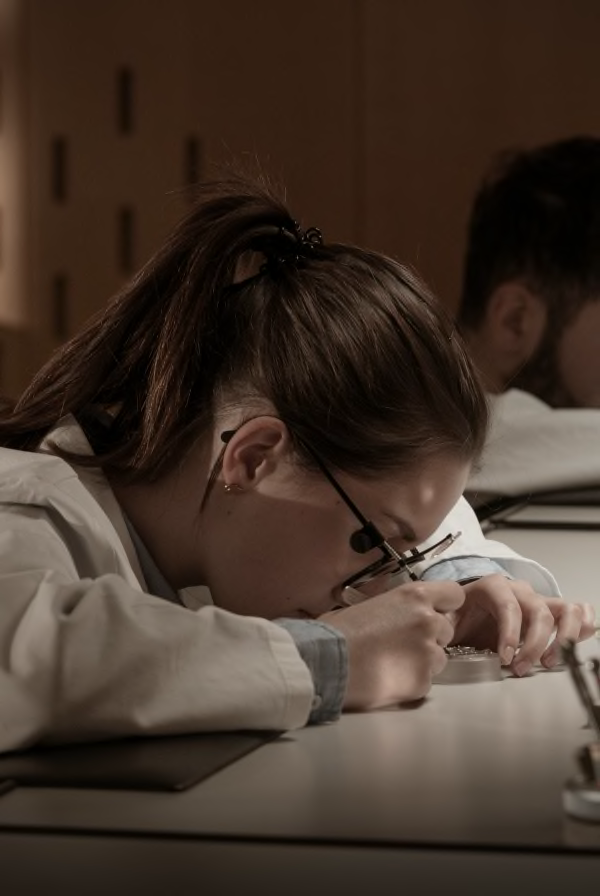[A sustained note on string instruments]
(On-screen text: Chopard presents)
(Hands carefully unfold a white cloth, revealing a precious piece of jewellery within. Benjamin, in his workshop, wears a white lab coat and sketches with a mechanical pencil. He turns a black stone over in his hands.)
When I was 8, the first year we moved to Europe, a friend of my parents gave me a book on gemology. I think I took it with me everywhere from the ages of 8 to 14.
[Soft piano music plays]
(On-screen text: Chopard presents)
(Hands carefully unfold a white cloth, revealing a precious piece of jewellery within. Benjamin, in his workshop, wears a white lab coat and sketches with a mechanical pencil. He turns a black stone over in his hands.)
[Soft piano music plays]
(On-screen text: The word ART becomes ARTISAN.)
(On-screen text: From expertise to emotion. Chopard)
(A black and white graphite sketch of the palm of a hand, surrounded by the words EXPERTISE, CREATIVITY, EMOTION.)
Hands are very interesting because by looking at something you managed to gain a better... idea of its form, but actually by touching it you can be much more precise.
(A portrait of Benjamin.)
(On-screen text: Benjamin, Apprentice Jeweler)
So sometimes, when I need to check something, I close my eyes.
(On-screen text: Design)
Jewelry is something that dates back to before the first traces of writing. I really like that I am helping to continue it.
(Benjamin sketches in his workshop.)
I started out making jewelry from copper wire so I could try to learn.
(On-screen text: Preparing the materials)
I wanted to start using a blowtorch so I could weld.
(Benjamin lights a blowtorch, plunges a piece into its flame then into water to cool it.)
I enjoyed it so much that I took the pieces I made and used them as my portfolio and I applied to various different houses for an apprenticeship in jewelry-making.
(Benjamin uses various tools to expertly shape metal.)
In my first year, I made two Greek-inspired pieces. Then, in my second and third years, I made some slightly more Egyptian pieces. I then started to make pieces in a more Renaissance style. There are several competitions in the 4th year of the apprenticeship and one of them is the design competition. We're all given an envelope with a theme, as well as stones to use in the piece.
(On-screen text: Maquette)
The theme was the relationship between the passage of time, nature and human beings. I did a slightly modernized version of the great chain of being by making 12 items and each item used a different material to represent a different link in the chain of being. I took prehistoric materials for the bottom of the chain and then I followed the order of evolution until I reached human beings.
(Benjamin compares a prototype with the molded version.)
We are lucky as Chopard apprentices because we have a supervisor who is deeply interested in the history of art and of the profession in general. We gain knowledge that is increasingly rare and increasingly important.
(Benjamin arranges inserts made of different materials into the piece of jewelry.)
There is a great deal of historic heritage in artisanal trades that dates back centuries or millennia. So we feel very connected to ancient history.
(On-screen text: Presenting the piece)
We actually feel connected to the history of the profession as a whole and we know it is also our role to pass it on to future generations.
(On-screen text: Sharing the knowledge)
(Benjamin holds up the finished piece.)
(On-screen text: Chopard - The artisan of emotions - Since 1860)
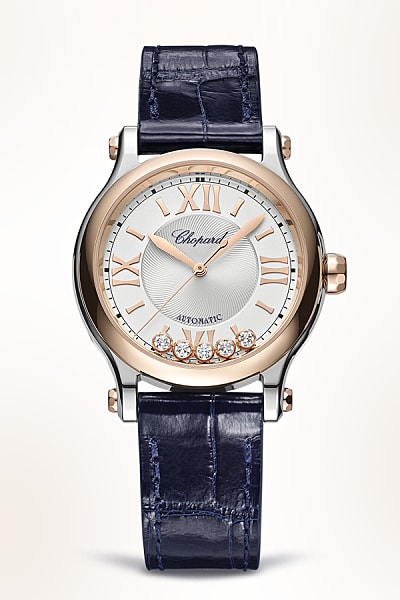 Happy Sport watchesAll creationsDiscover more
Happy Sport watchesAll creationsDiscover more Alpine Eagle watchesAll creationsDiscover more
Alpine Eagle watchesAll creationsDiscover more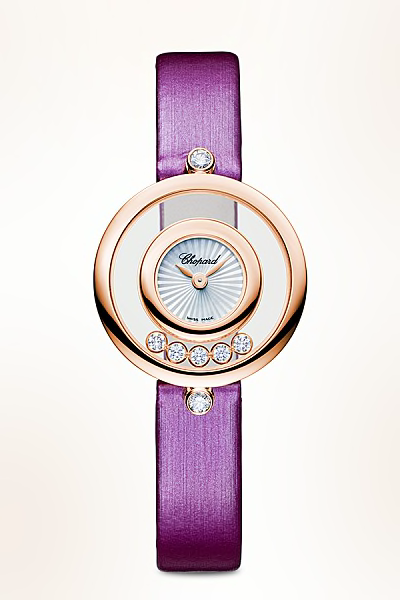 Happy Diamonds watchesAll creationsDiscover more
Happy Diamonds watchesAll creationsDiscover more Mille Miglia watchesAll creationsDiscover more
Mille Miglia watchesAll creationsDiscover more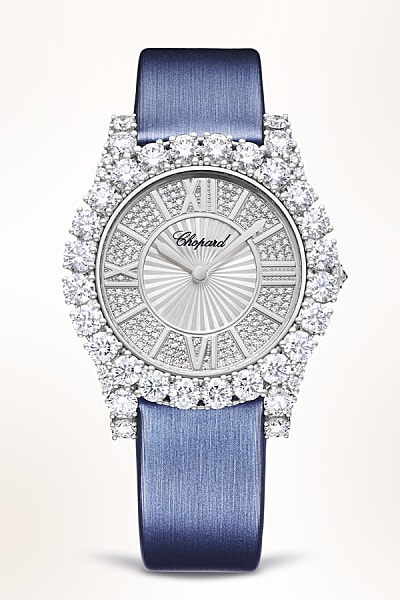 L'Heure Du Diamant watchesAll creationsDiscover more
L'Heure Du Diamant watchesAll creationsDiscover more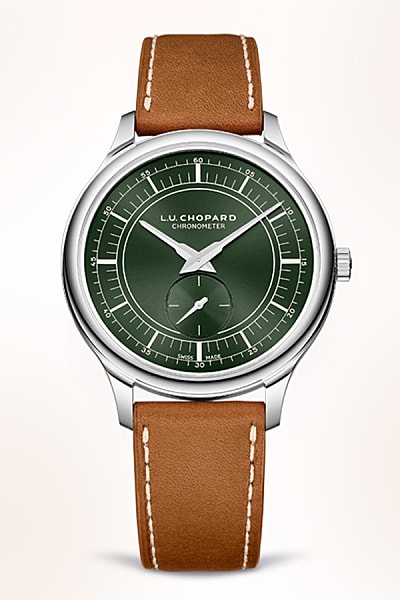 L.U.C watchesAll creationsDiscover more
L.U.C watchesAll creationsDiscover more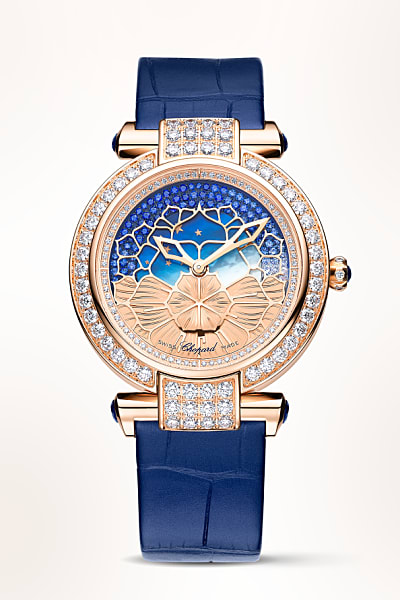 IMPERIALE watches
IMPERIALE watches All Watch Collections
All Watch Collections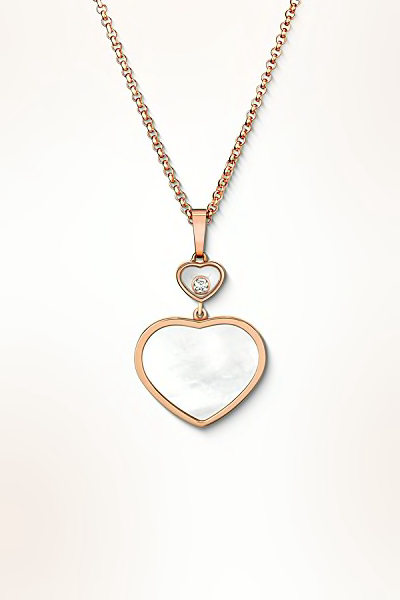 Happy Hearts necklaces & pendantsAll creationsDiscover more
Happy Hearts necklaces & pendantsAll creationsDiscover more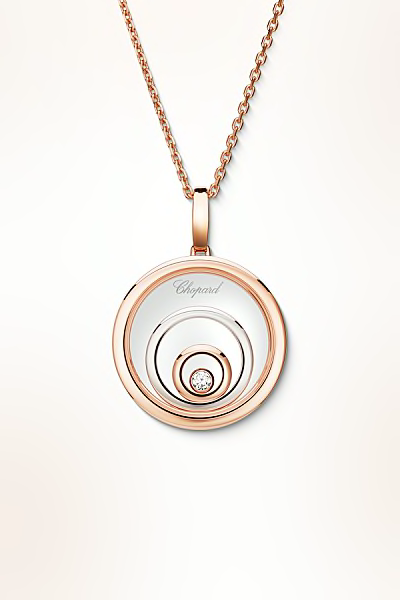 Happy Diamonds necklaces & pendantsAll creationsDiscover more
Happy Diamonds necklaces & pendantsAll creationsDiscover more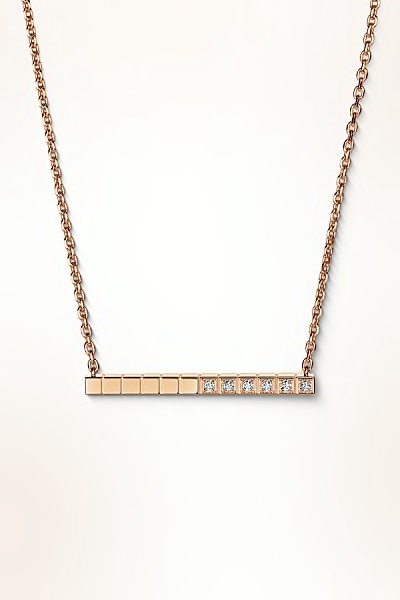 Ice Cube necklaces & pendantsAll creationsDiscover more
Ice Cube necklaces & pendantsAll creationsDiscover more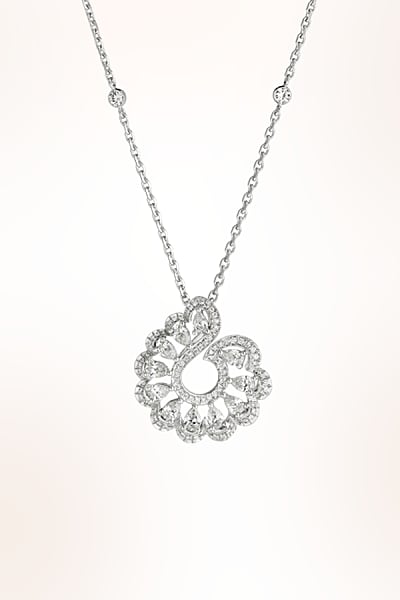 Precious Lace necklaces & pendantsAll creationsDiscover more
Precious Lace necklaces & pendantsAll creationsDiscover more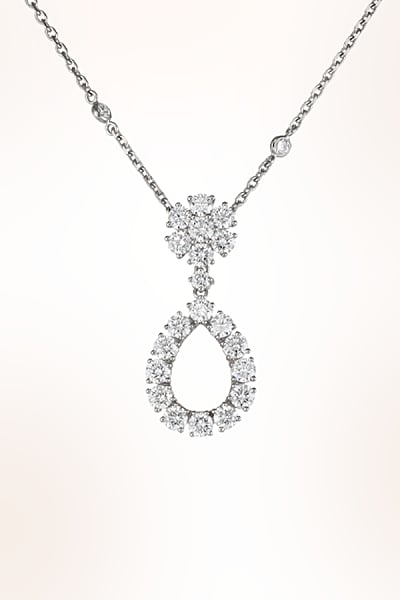 L'Heure Du Diamant necklaces & pendantsAll creationsDiscover more
L'Heure Du Diamant necklaces & pendantsAll creationsDiscover more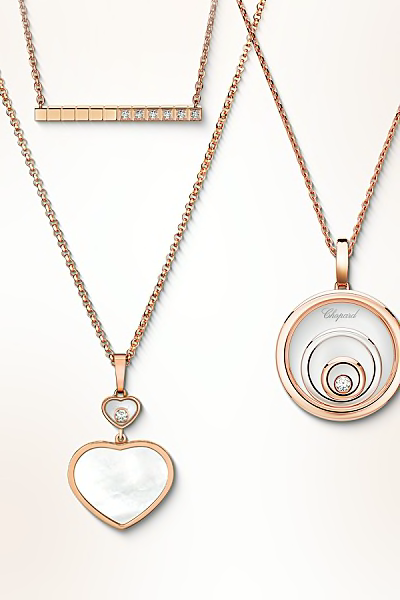 All necklaces & pendants
All necklaces & pendants

